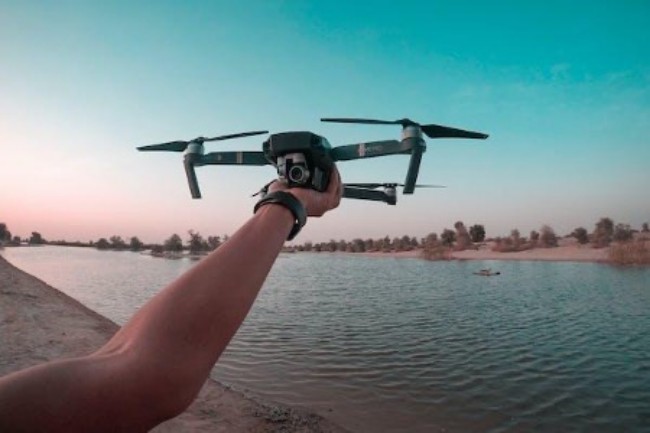
In the ever-evolving realm of construction and architecture, the ability to capture and document site conditions accurately is essential for project success. Traditionally, site documentation involved painstaking manual measurements and detailed notes.
However, the digital age has ushered in a new era of innovation, where tools like drones and 360-degree cameras have become invaluable assets for reality capture in construction.
Contents
New Tools that Empower Construction
While drones and 360-degree cameras serve distinct purposes, they both play pivotal roles in reality capture for construction.
From site surveys and progress tracking to quality control and safety inspections, these tools empower construction professionals with the data and visuals needed to make informed decisions swiftly.
Reality capture is not limited to static images and videos. It includes the integration of 3D laser scanning, Building Information Modeling (BIM), and Geographic Information Systems (GIS).
This comprehensive approach ensures that site documentation goes beyond the surface, incorporating accurate spatial data for precise planning and execution.
1.Drones: Aerial Precision
Drones, or Unmanned Aerial Vehicles (UAVs), have taken the construction industry by storm. These flying marvels equipped with high-resolution cameras offer a bird’s-eye view of construction sites, allowing for rapid and precise data collection.
Drones provide a unique perspective that was once impossible to attain without costly aerial photography. They are particularly useful for large-scale projects where capturing site conditions from the ground level can be challenging.
Drones not only capture stunning aerial imagery but also collect data that can be used for topographical surveys, progress monitoring, and 3D modeling.
This wealth of information enables project managers and stakeholders to make informed decisions and ensures that projects stay on track.
2.360-Degree Cameras: Immersive Site Documentation
360-degree cameras are another game-changing tool in reality capture for construction. These compact devices capture immersive, panoramic images and videos that encompass an entire environment.
With a single click, they record every detail, making them ideal for documenting site conditions comprehensively.
360-degree cameras excel in confined spaces, where traditional cameras may struggle to capture the full picture. They are especially valuable for interior site documentation, renovation projects, and quality control inspections.
By providing a complete view of the surroundings, they help identify potential issues and streamline decision-making processes.
The Power of Digital Twins
Both drones and 360-degree cameras contribute to the creation of digital twins—virtual replicas of physical sites or structures. These digital twins are precise, data-rich models that accurately represent real-world conditions.
Digital twins are invaluable for architects, engineers, and construction professionals as they enable detailed analysis, simulations, and design modifications.
The ability to compare digital twins with as-built conditions ensures that projects adhere to initial plans, minimizing discrepancies and costly revisions.
Moreover, digital twins facilitate effective collaboration among project teams, offering a shared platform for stakeholders to visualize and interact with the project throughout its lifecycle.
Enhanced Safety and Risk Mitigation
Drones and 360-degree cameras also play a crucial role in enhancing safety and mitigating risks on construction sites. By deploying drones for site inspections, project managers can identify potential safety hazards and compliance issues from a safe distance.
This proactive approach reduces the risk of accidents and ensures that safety protocols are followed.
In the case of emergencies or critical incidents, drones can quickly survey the site, providing real-time situational awareness to response teams.
Additionally, 360-degree cameras can be used to document safety procedures and training sessions, serving as valuable resources for employee education and compliance.
Efficient Asset Management
Another significant benefit of employing these innovative tools is efficient asset management. Drones and 360-degree cameras can document the condition of equipment, machinery, and infrastructure on construction sites.
This documentation aids in asset tracking, maintenance scheduling, and identifying components that require repairs or replacement.
By proactively managing assets, construction companies can optimize their resources and extend the lifespan of valuable equipment.
These technologies enhance accuracy, efficiency, and collaboration while reducing costs and project risks. As digital transformation accelerates, construction professionals are embracing these tools to capture the present and shape the future of their projects, all while promoting safety and efficient asset management.
The Bottom Line
The construction industry continues to benefit from innovative tools like drones and 360-degree cameras for site documentation and reality capture. These technologies enhance accuracy, efficiency, and collaboration while reducing costs and project risks.
As digital transformation accelerates, construction professionals are embracing these tools to capture the present and shape the future of their projects.
